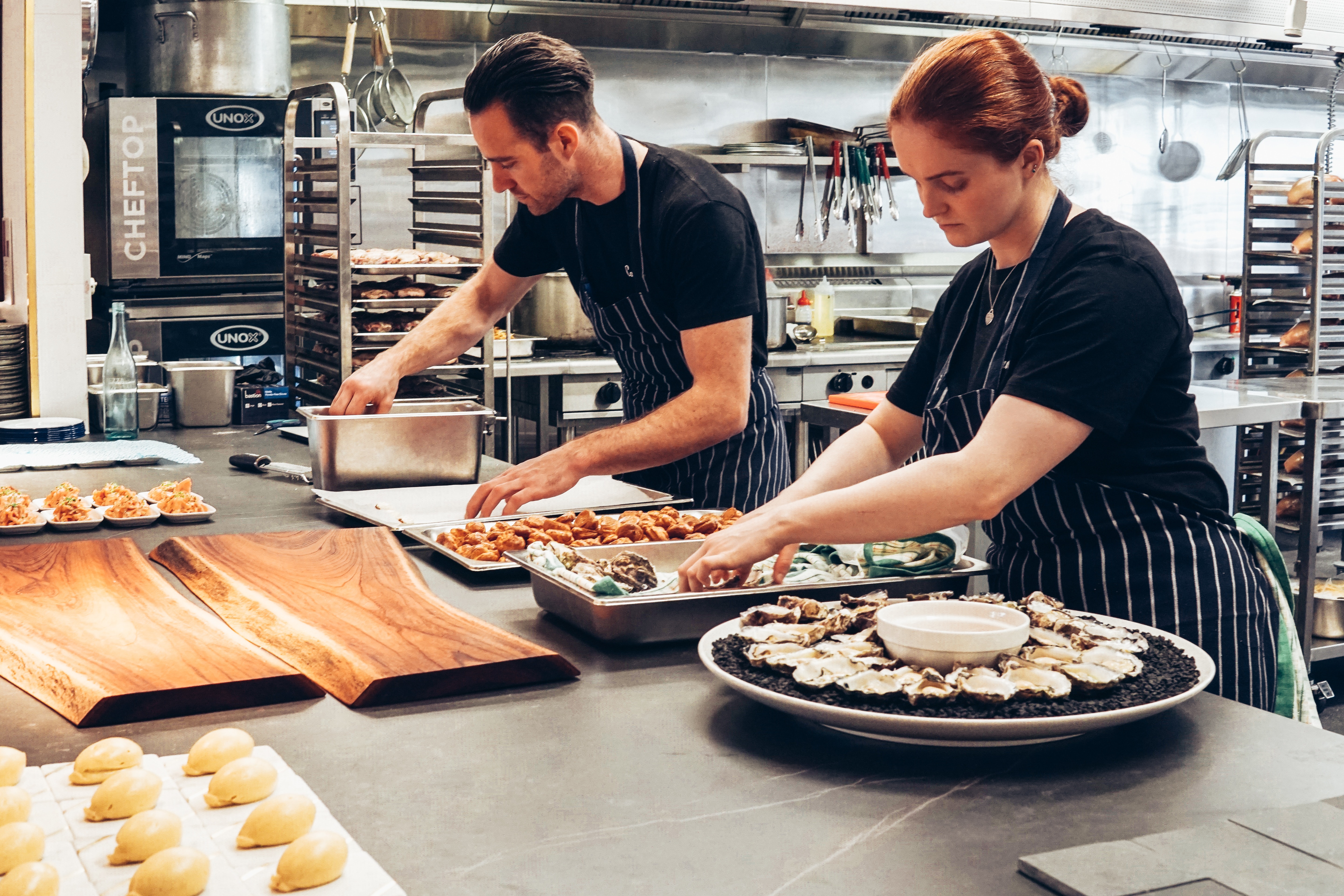The Unsecured Business Line of Credit Explained:
The debt financing options can often be very limited for small businesses that are just starting. Conventional loan terms for businesses that have little or no credit history and no collateral can be pretty harsh.
Banks primarily offer two different lines of credit to businesses. As the name suggests, a secured line business line of credit means that the debt has been backed by collateral of some kind. It can either be property or inventory. Simply put, the business has to offer some asset as protection for the bank in return for financing.
That’s not going to work for small businesses that are just starting. They don’t have much to offer to the bank in exchange for small business loans that help them meet their working capital requirements. In order to cater to such customers, the banks offer another type of small business line as an unsecured line of credit in which no collateral is required.
Think of it as a business credit card. You get approved for a certain amount of money and are then able to withdraw against that limit. However, since the bank is taking on a higher degree of risk, the annual fee and interest rates on an unsecured line of credit tend to be a bit higher.
1. Making a Payment for the Security Deposit
If you’re just starting in the restaurant industry, chances are that you may not own the location for your business. If you’re renting, you will need to pay a security deposit to the landlord. Having access to financing will ensure that you’re able to secure the location and get your business going.
2. Paying for Equipment Costs
The cost of equipment will vary depending on the type of restaurant you’re setting up. It can range anywhere from $100,000 to $300,000 if you opt to buy everything brand new. A revolving line of credit will certainly come in handy in such a situation.
3. Obtaining Permits and Licenses
Bureaucratic leg work is something that no F&B business can avoid. There are business registration fees and the all-important liquor license. That’s in addition to things like health and food handler’s permits. It just takes more money out of the company and can be a bother in times when money is tight.
4. Getting a Point-of-Sale System Installed
Getting a point-of-sale for your restaurant isn’t going to be as expensive as it once used to be. There are much cheaper options available now. However, there is a cost involved in either case so it’s an expense that restaurant start-ups should account for.
5. Accounting for Indirect Costs
The kitchen activities aren’t the only thing that runs up the costs for a restaurant company. It also requires an office with its staff to make sure that the business is organized and running smoothly. This results in additional expenses that can’t be put off because employees need to be paid salaries. These costs can be met in the short term with small business loans.
6. Making Payments to Construction Contractors
Even if you find the perfect location for your restaurant, you’ll still need to hire a contractor to construct the interior as per your vision for the restaurant. A small business loan can be a significant help in this regard.
7. Rent and Utilities
These aren’t costs that your business can avoid without shutting down. The restaurant needs to pay the rent if it wants to hold on to that location. Utilities like water and electricity have to be paid for as well even if the restaurant may not be breaking even at that point in time.
8. Renewal Fees and Taxes
Licenses and permits need to be renewed and that costs money as well. Furthermore, businesses also have tax obligations that need to be met or they run the risk of being fined for not doing so. When cash flow management is a top priority, these expenses can throw a spanner in the works.
9. Building Up Your Wine Cellar
If you’re opening up a premium restaurant, you will also want to make a considerable investment in the wine cellar. Building it up would require a considerable amount of money as well as the expertise of a sommelier. That’s also something that a small business loan can be useful for.
10. Paying Professional Fees to Lawyers and Accountants
Professional fees for lawyers and accountants or even the fees for an online bookkeeping service are an unavoidable expense for businesses. Their advice is needed to ensure that the business is always compliant with all regulations and has its books in order. A small business loan can help with these expenses in the short term.
11. Acquiring Your Own Property
If your F&B business is thriving, you may want to acquire property so that the business doesn’t have to pay rent anymore. You may come across chance deals with properties that are listed below market price. Having enough funds available presents your business with the lucrative opportunity of acquiring that property, building it up and flipping it for a decent profit. Leveraging credit at this point in time would be a wise thing to do.
12. Building a Credit History
Getting an unsecured business line of credit is also a good way to start building a credit history with your bank. If the monthly payments are on time and the business can show a healthy financial position, the bank could offer higher credit limits with lower rates as it begins to place more trust in your restaurant business.
Checking for pre-approval will not affect your credit score.





